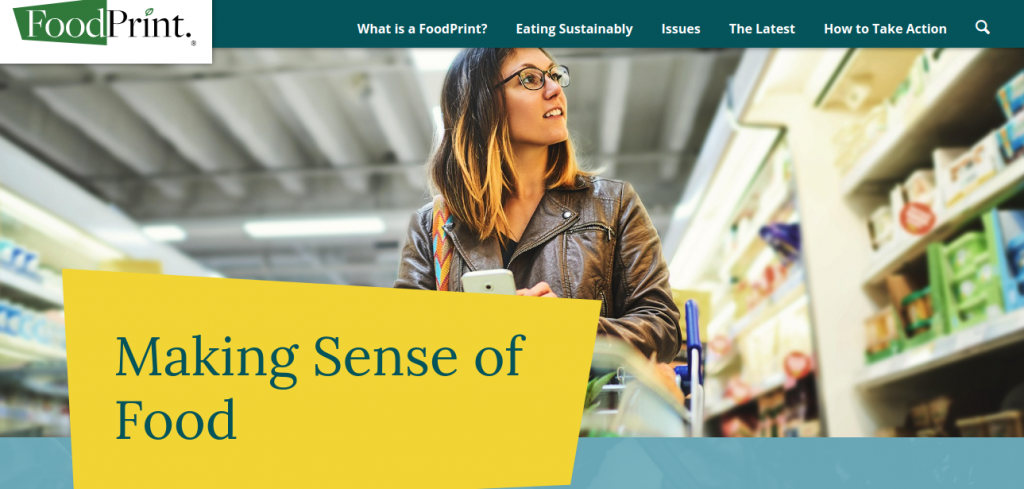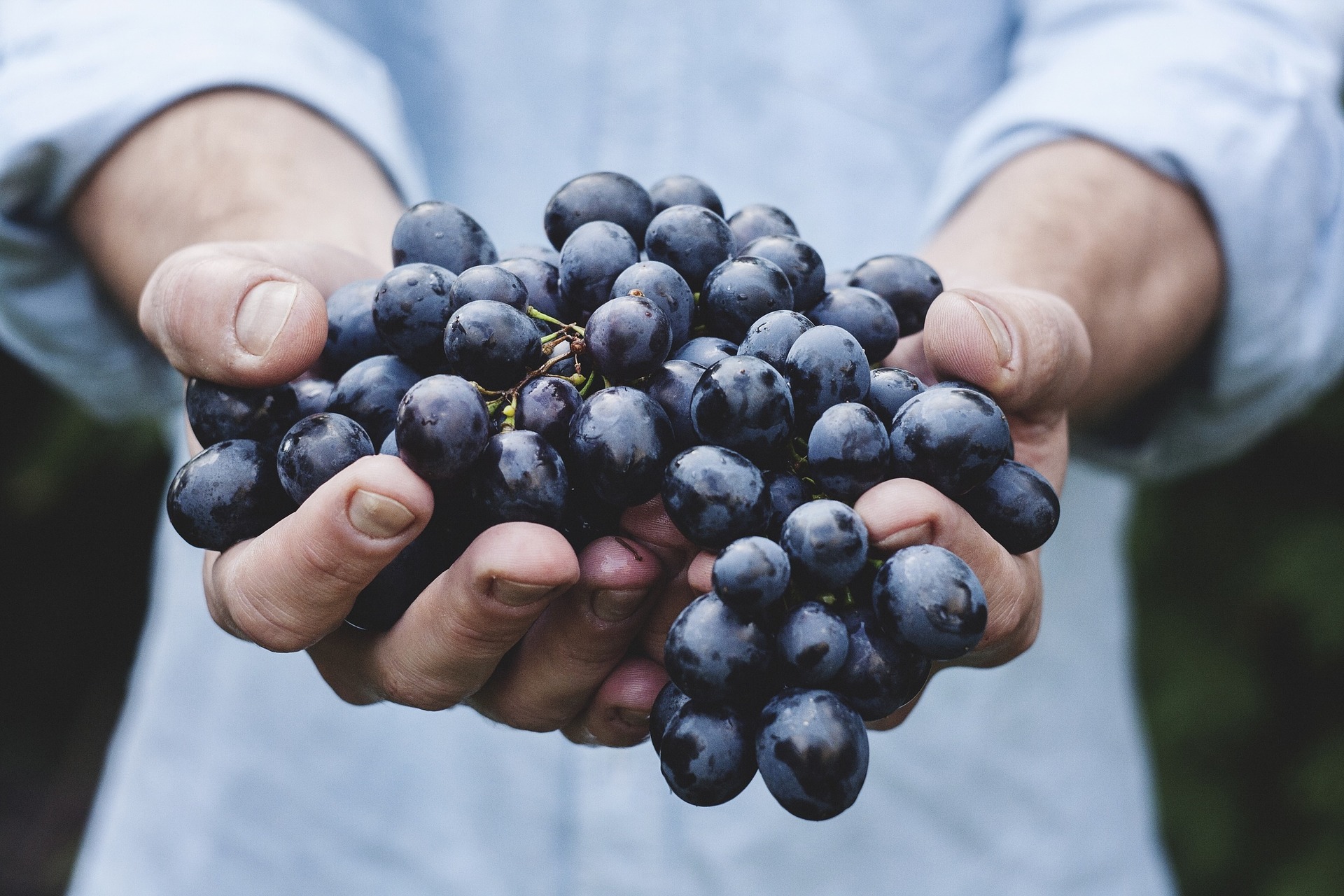When you’re shopping, do you ever wonder what certain labels mean? There are so many, it can be easy for your eyes to glaze over. Fair-trade, USDA organic, cage-free, etc…what do they actually mean? Do they all matter? Launched by GRACE Communications Foundation, an organization that focuses on raising society’s awareness about food-specific public health and environmental issues, the FoodPrint website breaks it all down.
What’s in a name?
There are dozens of food certifications and labels out there, and most people have little to no idea what they actually mean. Some are more clear than others; as an example, when you see the label “organic,” you probably know that it doesn’t have artificial chemicals. However, a label like “Demeter Certified Biodynamic R” is probably totally new to you. Understanding these labels is important because it gives you crucial information about what you will be putting into your body. For animal products, labels can also let you know how that animal was raised and treated, which is an ethical issue lots of people care about.
 Terms decoded
Terms decoded
FoodPrint is all about letting you know what those dozens of labels mean and how big your “food print” is. What is a foodprint? It’s basically how much your eating lifestyle supports the environment and local communities. It’s like a carbon footprint, but with food. Are your eating habits helping or hurting the environment? What could you be doing differently? FoodPrint defines the term as “the result of everything it takes to get your food from the farm to your plate.” FoodPrint also provides resources on how to improve your lifestyle so it’s more sustainable.

Organic
Depending on the food that bears this label, it can mean a couple for things. For meat, it means the animal must have been fed only organically-grown food without hormones or antibiotics. If the label says “100% organic,” it means that every ingredient in the product meets the USDA standards. If it just says “organic,” it means at least 95% of the ingredients do, while “made with organic ingredients” indicates that at least 70% of the ingredients meet the standard.
American Humane Certified
Meat with this label means a third-party, independent party has verified that the animals were treated according to standards set by the American Humane Association.
Certified Humane
While similar-sounding to the label above, this is set by a different nonprofit. It applies to dairy, lamb, poultry, and beef. All animals must have been treated humanely with enough space, fresh water, and a diet free from hormones and antibiotics.
Free-range
This applies to eggs and chickens. While you may picture chickens happily pecking away all day in lush fields, the free-range label does not set standards for what their outdoor space looks like, so it might mean grass, or it might mean gravel. It’s a pretty vague term that could mean a lot of different things.
Farm-raised
A seafood label, this means that fish were purposely raised for eating in lakes, rivers, oceans, or pens. 90% of the fish eaten in the United States is farm-raised.
Wild-caught
The other option for seafood, “wild-caught” means the fish were caught in their natural habitat and were not specifically raised for eating. This also means that the seafood is free from antibiotics.
What labels are the best?
According to Foodprint, not all labels are created equal. Some are vague (what does “natural” really mean?) and are simply used by companies to market their products. Foodprint recommends looking for labels like: Fair-Trade Certified, Fair For Life, Non-GMO Verified, and Food Alliance Certified. Basically, if a third-party is verifying it and there are clear, strict standards, it’s a good label.
Curious to find out what your foodprint is? The website has a quick quiz, including one that’s specific to water, i.e. how much water do you use per day? This includes how much water you’re using based on what you’re eating, how much energy you’re using, and so on.
————-
To reduce your foodprint and enjoy higher-quality food, consider buying meat and seafood from online retailers like Butcher Box or Organic Prairie.





 Terms decoded
Terms decoded